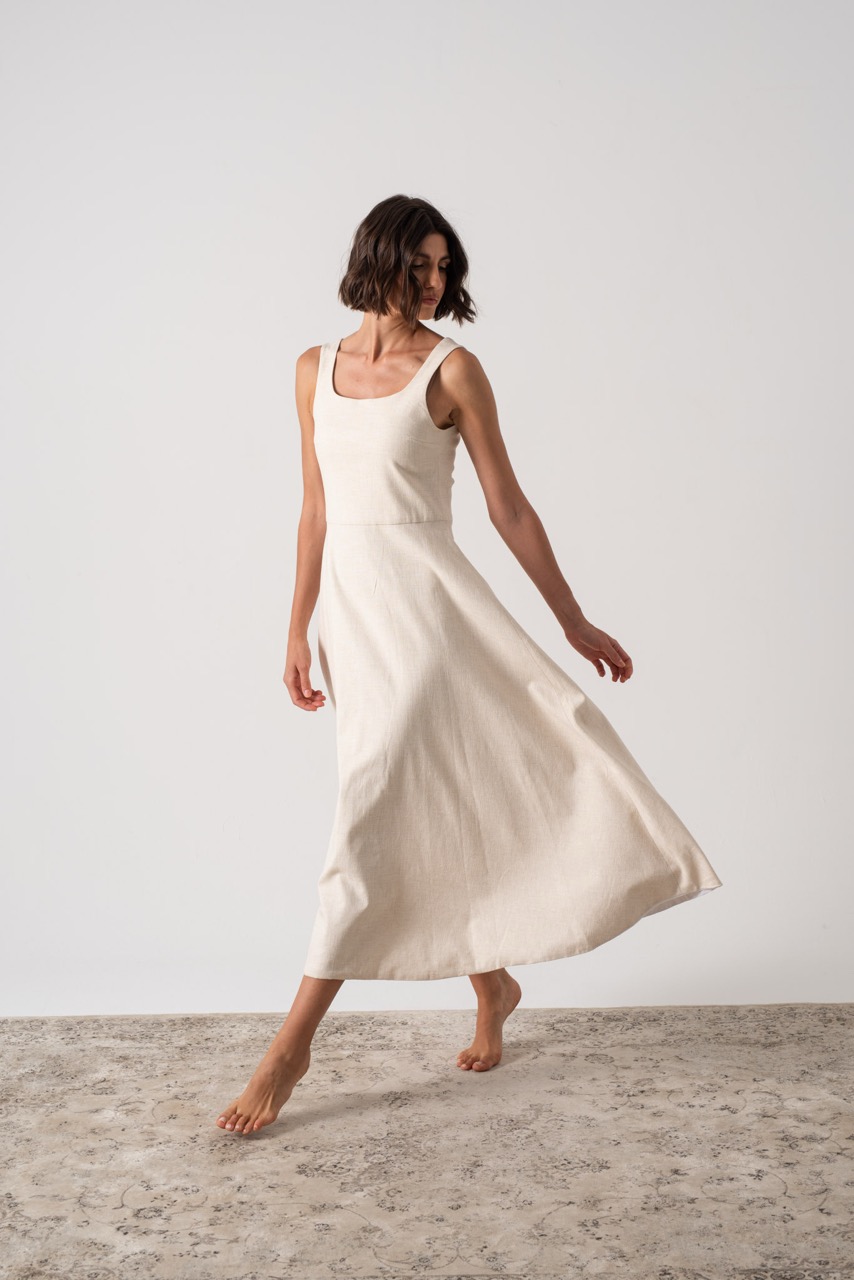Today’s savvy consumers have more information and choices at their fingertips than ever before, demanding a more thoughtful approach to fashion. To capitalise in this evolving market, retailers should re-align their offers to reflect consumer’s shifting values and purchasing habits.
Driven by the growing demand for environmentally friendly fabrics, the linen clothing market is surging—projected to reach nearly $1 billion by 2025 and an estimated $2.57 billion by 2033. To meet this rising demand, retailers must invest in classic, sustainable linen pieces that simultaneously inspire consumers with their effortless elegance.

Be positioned as a luxury brand
During the summer, Europe’s luxury hotels are dotted with wealthy jet-setters sporting linen clothing from head to toe. These tastemakers, continue to elevate the fabric’s status and timeless appeal in the eyes of consumers. Along with its impeccable quality, linen also stands out for its natural biodegradability, offering a truly sustainable proposition for the fashion industry.
Luxury consumers are increasingly prioritising sustainability in their fashion choices, with recent studies revealing that 77% of European luxury shoppers view sustainability as a critical factor in their purchasing decisions. Linen plays into this demand, requiring 400% less water in its production than cotton, inevitably leading to a smaller environmental footprint.
Favourable natural characteristics that appeal to consumers
Linen clothing often commands a higher price—but why is linen so expensive? It’s due to its limited supply and complex production processes, many of which still rely on skilled artisans. However, its exceptional natural characteristics make it a worthwhile investment, offering value that extends beyond its price.
With its naturally breathable and hypoallergenic properties, linen remains in high demand amongst consumers especially during the warmer months, when comfort and elegance are paramount. Celebrated for their moisture-wicking characteristics, linen dresses and kaftans have long been prized as vacation essentials.
30% stronger than cotton, linen is exceptionally resilient and long-lasting, showcasing qualities that resonate with discerning consumers seeking lasting quality. Perfectly symbolising the sustainable “buy less” philosophy, this fabric is a true investment piece designed to withstand the test of time.
Take advantage of an undersaturated market
Only comprising 1% of all textile production, linen is a rare fabric in limited supply. Yet, this scarcity plays to its advantage. As demand for linen clothing continues to rise, its inherently limited supply prevents market oversaturation and ensures linen continues to be highly sought after.
Dubbed fashion’s dirty little secret, overproduction is detrimental not only to the environment but also to profits—with a recent report by the Guardian demonstrating that more than £60 billion worth of garments made each year are not sold, with most ultimately tossed away in landfill.
What makes linen so rare? The finest quality linen originates solely from Western Europe, where the unique blend of soil, climate and water supply are favourable for its production. In addition, harvesting linen is a meticulous, labour- and time-intensive process—limiting its scalability while enhancing its exclusivity.



